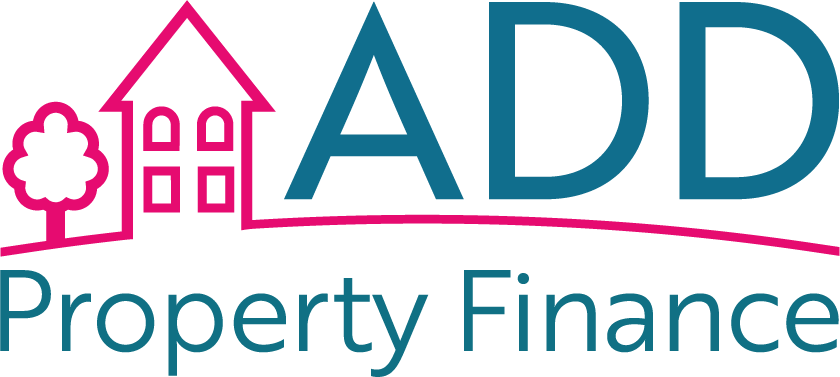Investing in buy-to-let properties can be a lucrative financial venture, offering homeowners the opportunity to generate rental income and build wealth over time. However, it’s crucial to have a clear understanding of the tax implications and benefits associated with buy-to-let properties in the UK. In this guide, we’ll explore the key aspects of buy-to-let taxation that homeowners need to know.
1. Rental Income Tax
Rental income is subject to income tax. You must declare the rental income you receive from your property on your annual self-assessment tax return. The tax rate you’ll pay depends on your overall income, including your rental earnings.
2. Allowable Expenses
One of the benefits of buy-to-let taxation is the ability to offset certain expenses against your rental income, reducing your tax liability. Allowable expenses may include:
- Mortgage interest
- Property maintenance and repairs
- Letting agent fees
- Council tax
- Insurance premiums
- Ground rent and service charges
Keep accurate records of these expenses to claim deductions when filing your tax return.
3. Mortgage Interest Relief
In the past, mortgage interest relief was a significant tax benefit for buy-to-let investors. However, this relief has been gradually phased out, and as of April 2020, it’s no longer available for individual landlords. Instead, landlords receive a tax credit at the basic rate of income tax on their mortgage interest payments.
4. Stamp Duty Land Tax (SDLT)
When purchasing a buy-to-let property, you may be subject to higher rates of SDLT. The additional 3% surcharge on top of the standard SDLT rates applies to second homes and buy-to-let properties. It’s essential to factor this cost into your budget when acquiring a property.
5. Capital Gains Tax (CGT)
If you sell a buy-to-let property and it has increased in value since you purchased it, you may be liable for CGT. However, you can take advantage of the annual tax-free allowance for capital gains (£12,300 in the tax year 2022/2023) and apply principal private residence relief if you’ve lived in the property at some point.
6. Inheritance Tax (IHT)
Buy-to-let properties are typically considered part of your estate for inheritance tax purposes. It’s essential to plan your estate carefully to minimise potential IHT liabilities.
7. Incorporation
Some landlords consider incorporating their property portfolios into limited companies to benefit from lower corporation tax rates and claim mortgage interest relief. However, incorporation involves additional costs and complexities, so seek professional advice before making this decision.
8. Seek Professional Guidance
Given the complexity of buy-to-let taxation, it’s advisable to seek professional guidance from an accountant or tax advisor. They can help you navigate the intricacies of taxation, optimise your tax position, and ensure compliance with HMRC regulations.
Conclusion
Understanding buy-to-let taxation is essential for homeowners looking to invest in rental properties. While there are tax implications and responsibilities, there are also opportunities to minimise your tax liability through allowable expenses and prudent financial planning. By staying informed, keeping accurate records, and seeking professional advice when necessary, you can navigate the world of buy-to-let taxation with confidence and make informed decisions about your property investments.







